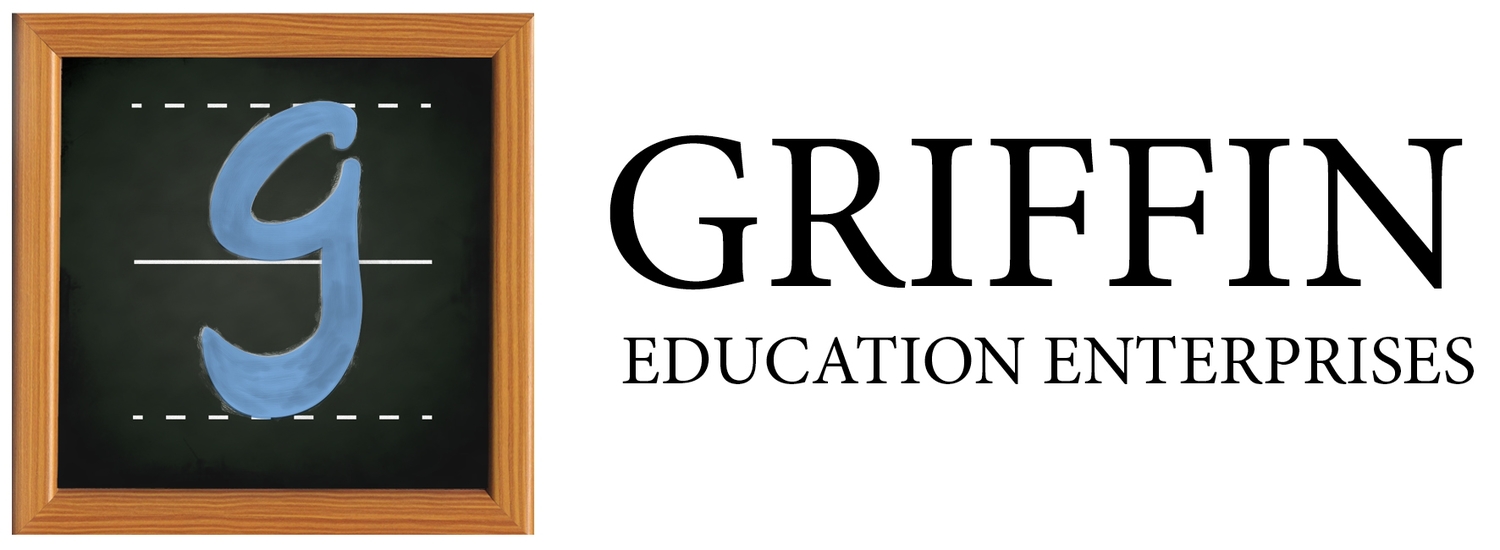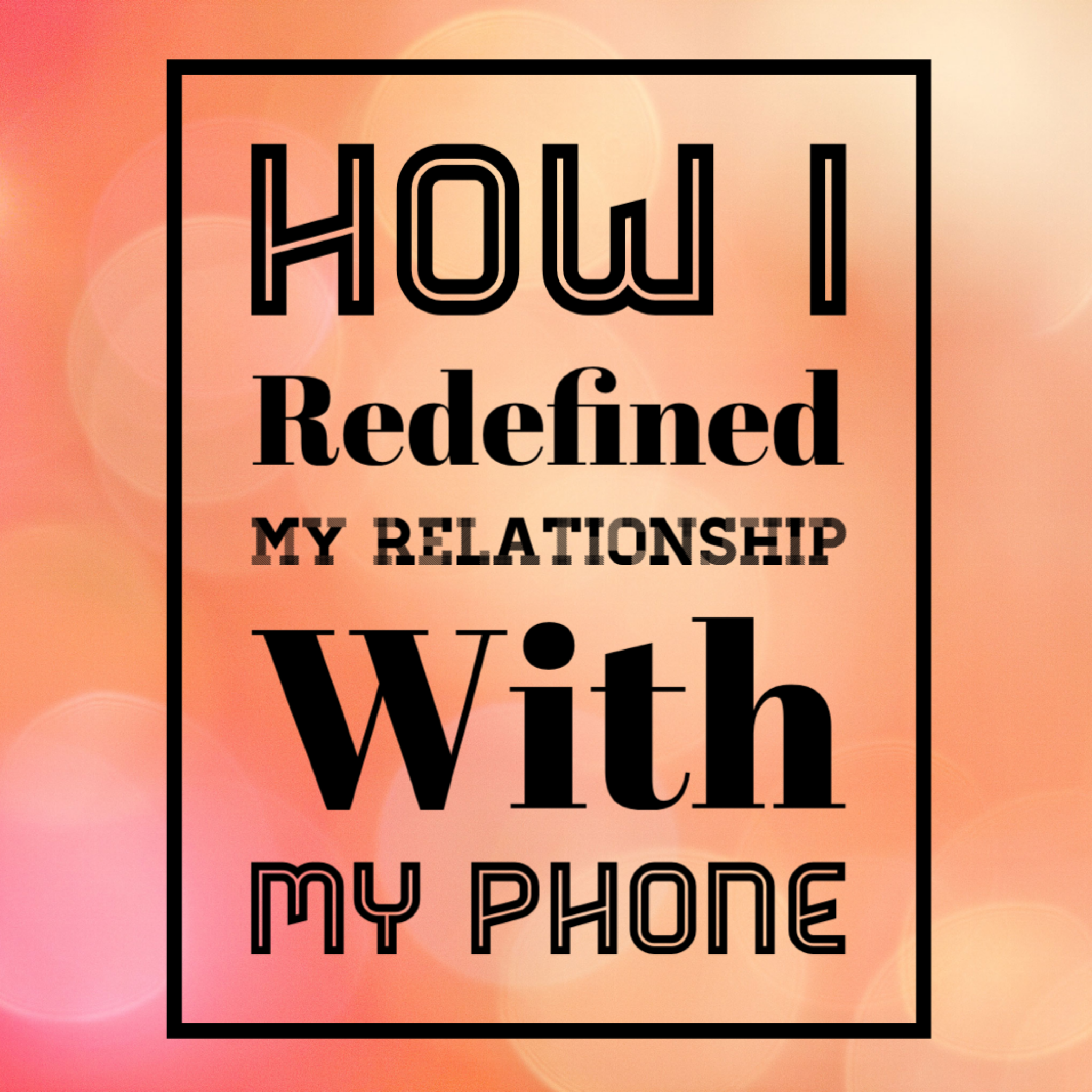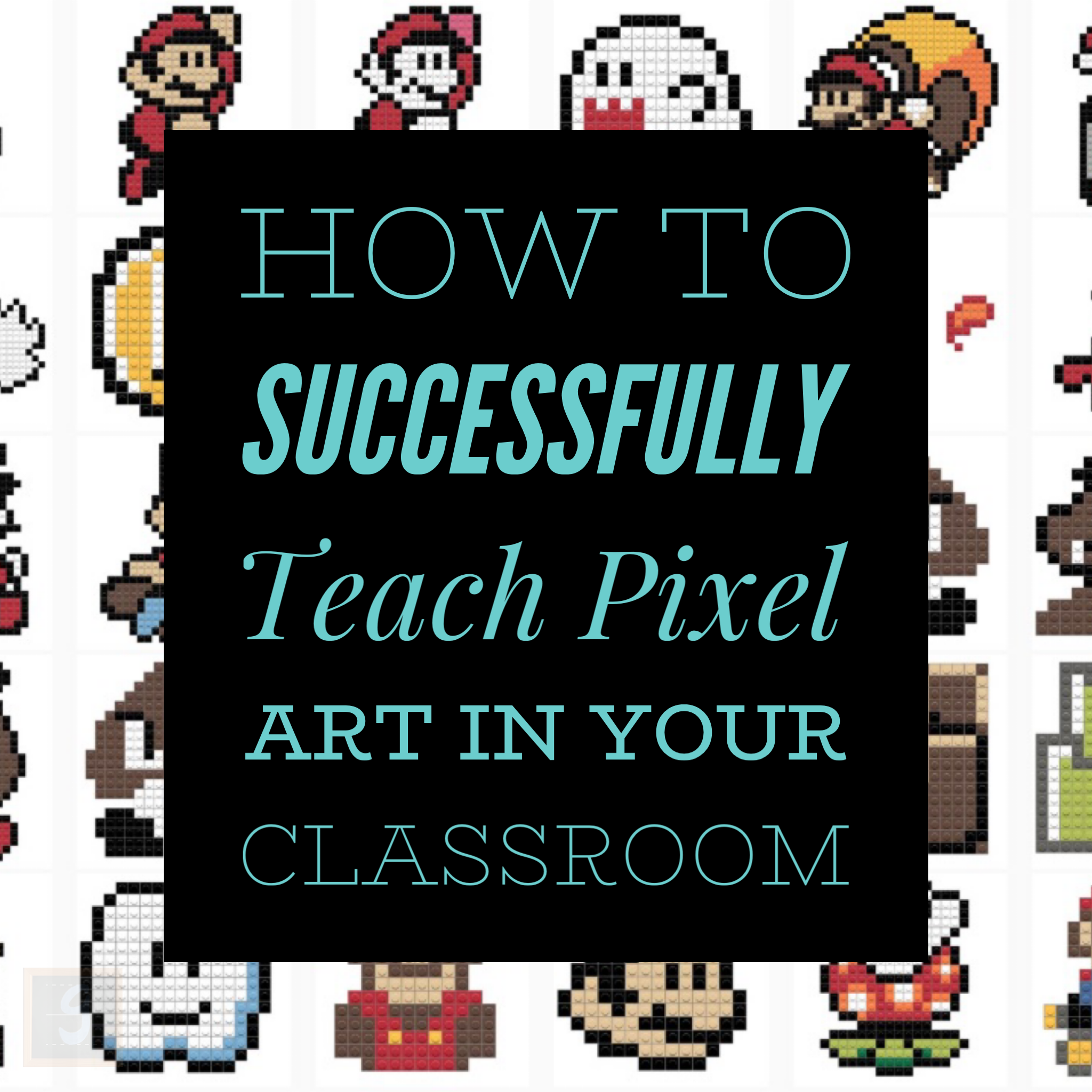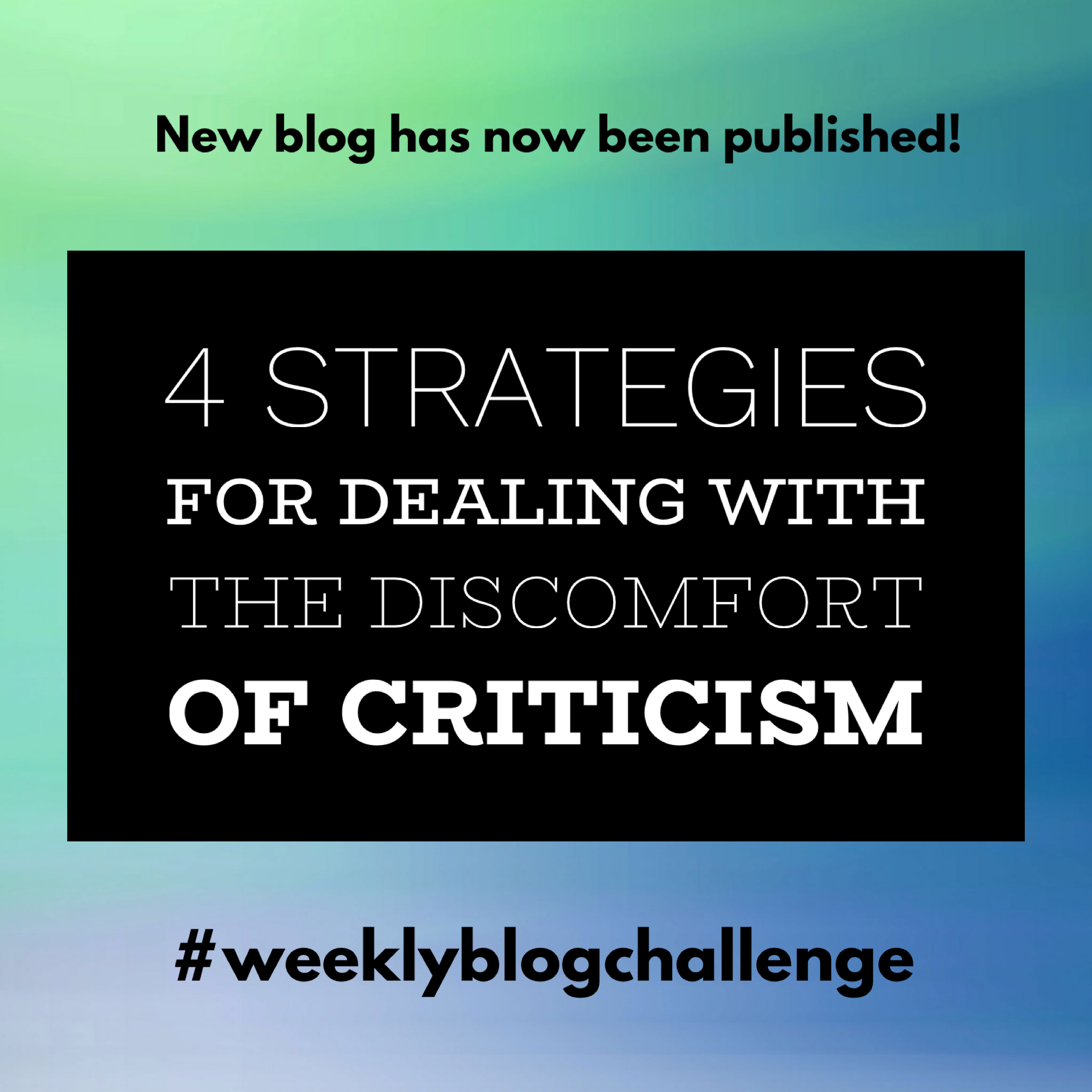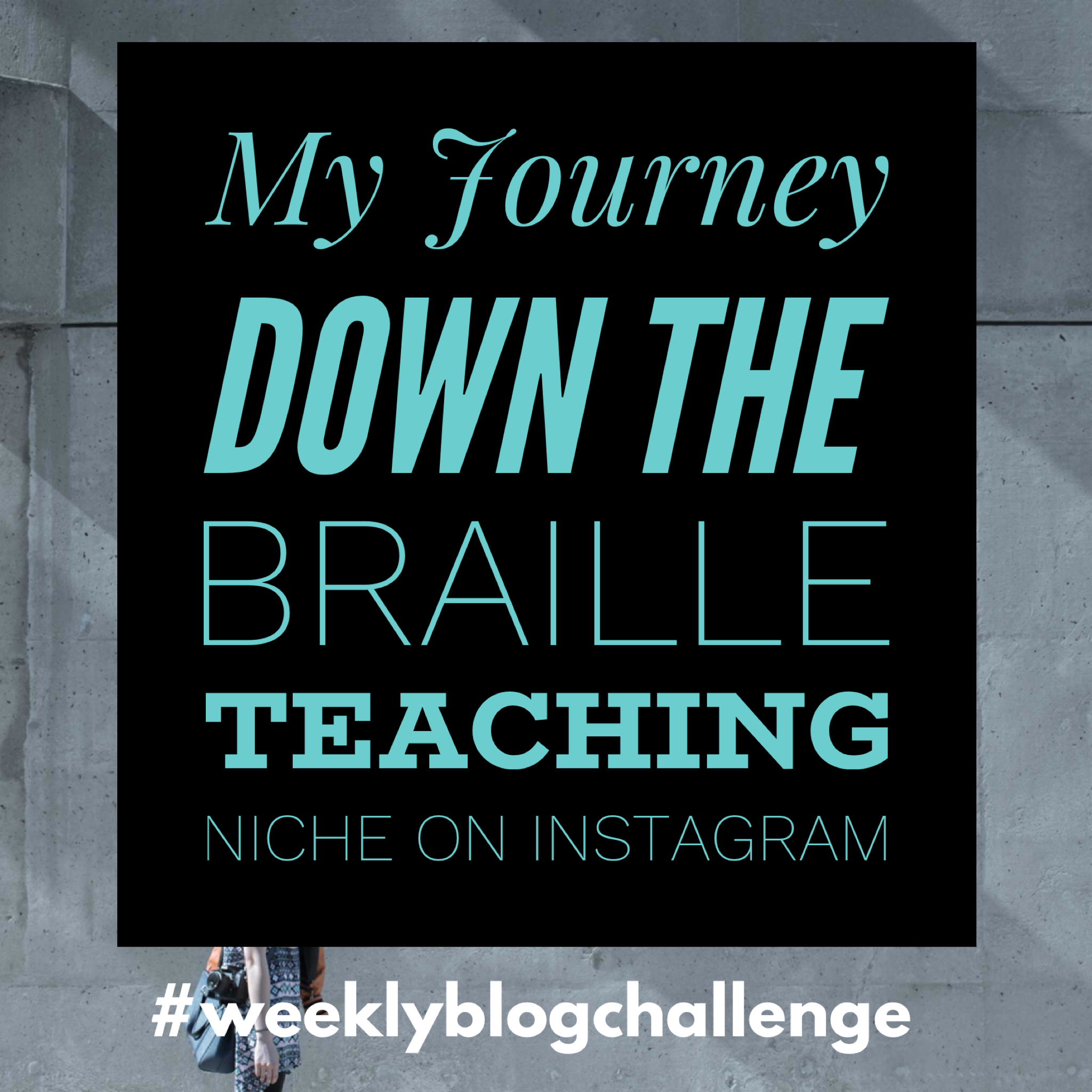Effective questioning is an essential skill all teachers need to master if they hope to become good at what they do. Without this skill we won’t be able to properly evaluate our students’ understanding of concepts. The following techniques are based from a combination of classroom experience, thousands of hours of tutoring, professional learning and professional reading. So here are 7 effective questioning techniques teachers can use in the classroom to improve student participation and understanding.
I have divided the questioning techniques into the following categories: start of questioning, when calling upon students and follow up questioning.
On a side note, these techniques are not to be used in isolation but as a complete package of strategies that can be used one after the other or in the event of something happening.
START OF QUESTIONING
1.) What could it be?
How we phrase a question has an incredible impact on classroom participation. At the start of my career I used to check for understanding by asking students ‘what is the correct answer’. Only a couple of students would put up their hand each time when I used this style of questioning.
The moment I changed the modality of my questions from a place of certainty to a place of probability I saw an increase in classroom participation. Questions such as ‘what do you think it COULD be’ or ‘what do you think the answer MIGHT be to [INSERT CONCEPT]’ are incredibly powerful in encouraging more students to put up their hands.
So remember, modality matters!
2.) Drag out your wait time
One of the worst things you can do as a teacher is to pick the first student who puts up their hand. This leads to a situation where one student always answers every question and the rest of the classroom becomes disengaged.
Whenever I ask a question, I count to five thousand by lots of a thousand to extend my wait time. I tell the students that ‘I can wait all day and that I am a very patient person’. If there is no change, then I follow up with ‘I am still waiting on a few more people’. It most cases you should get over 50% participation with even the most stubborn of classrooms. This even works with adults during the professional learning courses I run.
Key point: dragging out an awkward silence encourages the rest of the class to put their hands up.
TECHNIQUES TO USE WHEN CALLING UPON STUDENTS
3.) Ask multiple students before providing feedback
If a student gets an answer wrong or right don’t provide them with immediate feedback. Ask as many students as possible before providing the class with the correct answer. After about 1-2 responses without feedback more students will put up their hands. I cycle through as many students as possible, usually about 4-5 students, before providing feedback.
After cycling through a few students, I recommend saying.
Who can add to Joe Blogg’s answer?
Who can build upon what was said?
Is there something extra that can be added?
Does anyone else have a different answer?
By calling upon multiple students to contribute you are allowing the classroom to build upon the previous answers of other students. Questioning students in this manner creates a ‘snowball effect’ in which more students will be willing to take a risk and contribute to the classroom discussion.
4.) Build upon ‘wrong’ answers
I have found that incorrect answers usually contain elements of truth within them. The last thing you want to do is to discourage a student who might have put up their hand for the first time. This is where building upon what a student has said first is incredibly important. I recommend that teachers say something along the lines of.
I think I know what you are talking about.
You’re in the right area.
That’s about 50% right.
You’ve got most/some of this right but there is something missing
5.) Cold calling
Cold calling is calling upon a student to answer a question who has not put up their hand. It is a great way of holding reluctant students accountable for their learning. It keeps them on their toes and encourages them to participate more often.
There are two situations where I cold call.
1. There are lots of hands up
2. There are no hands up after trying all these techniques
In the first instance you probably have a classroom of students who understand what you are talking about; however, there are always a couple of students who still don’t want to put up their hand. In this instance the student has a good chance of knowing what you’re talking about but doesn’t want to share. In this situation cold calling works. You can also allow them an ‘opt out’ if they are really nervous by allowing them to ‘phone a friend’. More about this technique later.
Secondly, if you’ve tried all these strategies and the students are still not putting up their hands, you might want to cold call to get the conversation started. Often the threat of a cold call to students is enough to get things started. You also might need to consider the possibility that you’ve not taught the content properly. If you cold call a student and they cannot answer your question and no one else can, then I recommend using a fist to five to check for understanding. More on this later as well.
5.) Phone a friend
If a student is genuinely stumped with a question and is unable to provide you with an answer, then giving them a ‘way out’ allows them to save face while still being held accountable for their learning. Make sure you allow the student time to think of an answer. After a suitable wait time, give the student an option to ‘phone a friend’ and nominate a person to answer their question on their behalf. I usually see a few more hands pop up to answer a friend’s question instead of a teacher’s question.
6.) Fist to five
A great nonverbal strategy to check for understanding is called fist to five. I suggest utilising this strategy if you suspect that your classroom does not understand what you’ve just taught. It also works well at the end of a lesson and with individual students.
So here is how it works. The student uses their hand to indicate how well they understood the concept you have just taught. A fist indicates that they have no clue about what you’ve just said. Five fingers indicates that they have perfectly understood the concept you have taught. The rest of the fingers indicate a continuum from limited understanding to near perfect understanding.
FOLLOW UP QUESTIONING
7.) Ask deep and meaningful follow up questions
After you have utilised the questioning techniques mentioned above, it’s time to ask a range of meaningful follow up questions. Follow up questioning is essential for gauging how deeply your students understand the content you’ve taught. Student responses to these questions is a great way of determining which students are operating at a ‘A’ or ‘B’ level.
Here are a range of follow up questions I utilise.
Why did that happen?
Why did that occur?
This happened because?
I also suggest using Gardiner’s Multiple Intelligences questioning matrix to help with the creation of deep and meaningful questions.
FINAL THOUGHTS
If you have any additional questioning techniques that you’d like to suggest then feel free to contact me on social media or send me an email to griffineducationenterprises@gmail.com . Thanks for reading this week’s blog as part of my #weeklyblogchallenge . If you are enjoying my blogs then please help me out by following me on social media.
IF YOU THINK THIS WEBSITE IS AWESOME THEN PLEASE ...
Bookmark this page.
Follow us on Instagram | @griffin_edu
Like and follow us on Facebook | @griffineducationenterprises
Follow us on Twitter | @Griffin_Edu
Follow us on Pinterest | Griffin Education Enterprises
Join our mailing list down below.
And most importantly, share this website with other educators!
